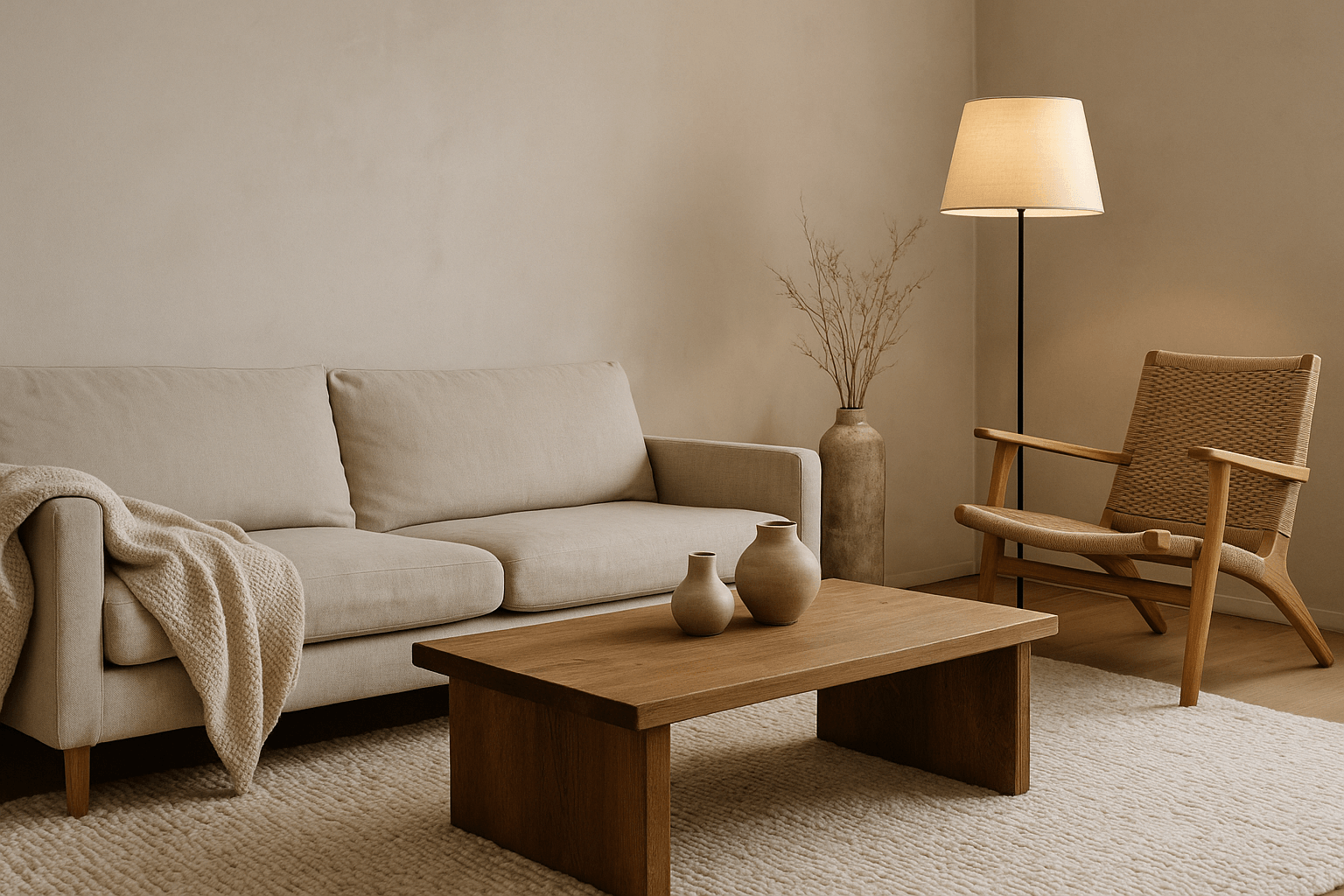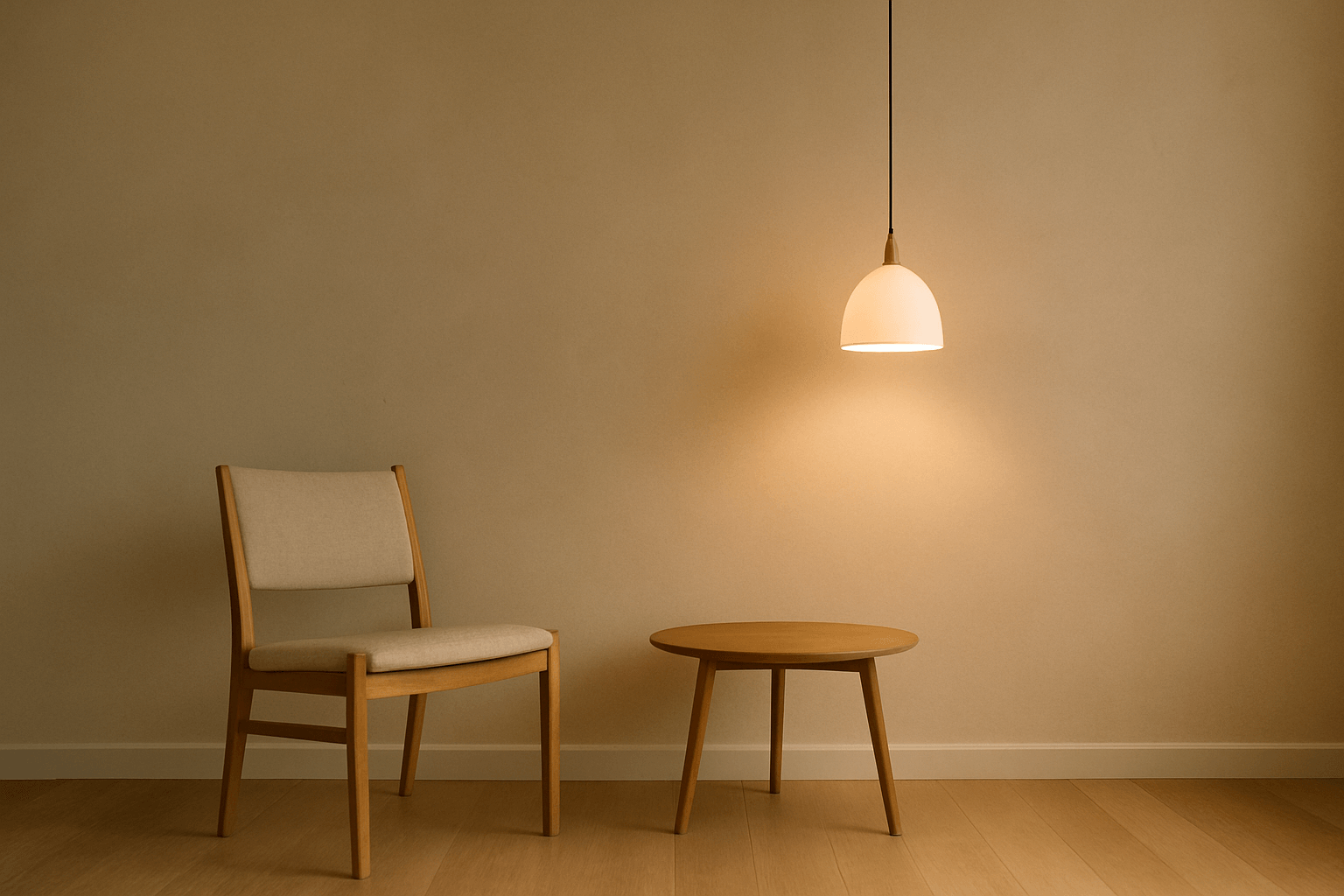What is Japandi Style?
Japandi is an interior design trend that blends the simplicity and elegance of Japanese minimalism with the cozy functionality of Scandinavian design. This fusion creates spaces that are serene, purposeful, and aesthetically warm without excess. Japandi emphasizes natural materials, muted color palettes, and a focus on craftsmanship and mindfulness.
The Core Principles of Japandi Design
1. Simplicity with Purpose
Japandi is not about having less for the sake of minimalism. Every piece in a Japandi home serves a functional and aesthetic purpose, promoting a clutter-free but lived-in atmosphere.
2. Wabi-Sabi Meets Hygge
-
Wabi-Sabi: The Japanese philosophy of finding beauty in imperfection, embracing natural textures, aged finishes, and organic shapes.
-
Hygge: The Scandinavian concept of coziness and comfort through soft materials, warm lighting, and inviting atmospheres.
Together, they create a space that feels authentic, calming, and intimate.
3. Connection to Nature
Japandi interiors make strong use of natural materials such as wood, stone, linen, and ceramics. Indoor plants, dried foliage, and raw textures bridge the indoors with the outside world.
Key Elements to Achieve Japandi Style
Neutral, Earthy Color Palette
Soft beiges, taupes, greys, and muted greens are used to create a calming foundation. Occasional accents of black or dark wood add contrast without overwhelming the space.
Minimal but Warm Furniture
Clean lines are balanced with warm wood tones and soft textiles. Low-profile seating, streamlined tables, and simple shelving define the aesthetic.
Functional Decor
Japandi avoids purely decorative items. Instead, objects like handmade ceramics, woven baskets, and sculptural lighting add visual interest while being functional.
Layered Textures
Since the color palette is restrained, texture becomes key. Linen curtains, wool rugs, rough ceramics, and smooth wood surfaces create depth and tactile variety.
Common Mistakes to Avoid in Japandi Interiors
-
Over-cluttering with Decor: Japandi is about restraint. Too many decorative items defeat its purpose.
-
Choosing Synthetic Materials: Natural materials are central to Japandi. Plastics and overly polished surfaces can disrupt the harmony.
-
Neglecting Imperfection: Perfectly sleek and glossy finishes miss the beauty of wabi-sabi’s imperfections.
Practical Tips to Start with Japandi Style
-
Start by decluttering and keeping only meaningful, quality pieces.
-
Invest in multi-functional furniture with simple forms.
-
Incorporate soft lighting—think paper lanterns or minimal floor lamps.
-
Mix Scandinavian light woods with Japanese dark woods for balanced contrast.
-
Add greenery in understated ceramic pots to soften the space.
Final Thoughts
Japandi style isn’t just an aesthetic; it’s a philosophy of intentional living. By merging Japanese minimalism’s mindful simplicity with Scandinavian warmth, you can create a home that feels calm, purposeful, and deeply connected to nature. It’s timeless, sustainable, and promotes a slower, more meaningful lifestyle.
















